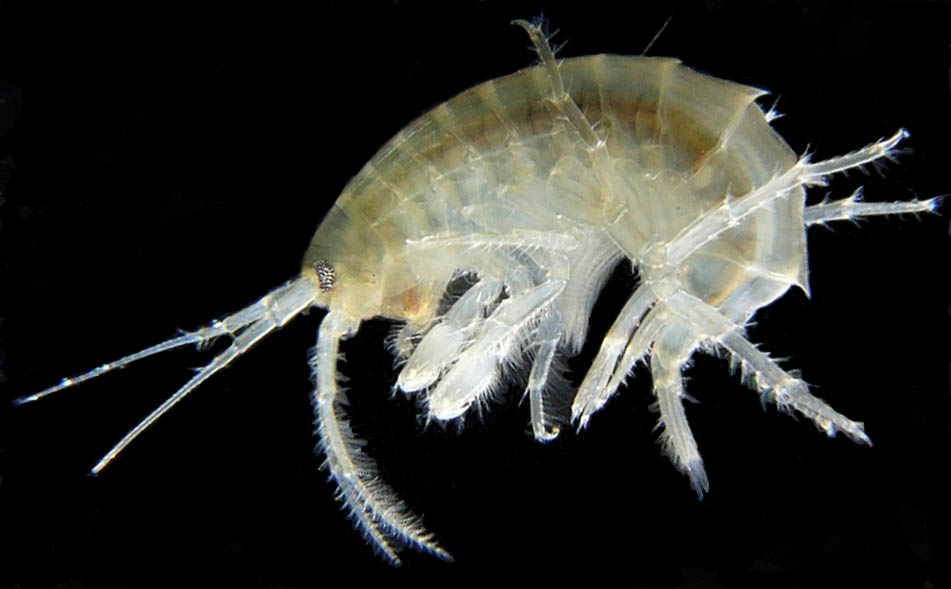A small crustacean from Ireland can fragment microplastics into tiny particles in just a matter of days, much faster than previously estimated. This highlights the potential of freshwater and marine species to rapidly fragment microplastics, but it won’t rid us of plastic anytime soon.

Previous research had shown the breakdown of plastics in marine ecosystems mainly happens through slow processes, such as being broken apart by waves or decaying through long-term exposure to sunlight. But this isn’t necessarily the case, as seen in the new study.
Researchers at the University College Cork in Ireland found that a “very common” crustacean, called Gammarus duebeni, which can be found on Irish streams, can break down microplastics (smaller than 5 mm) in less than 100 hours and turn them into nanoplastics — pieces that measure less than one micrometer.
“When I started studying this three years ago, it sounded so crazy that such small animals could be fragmenting plastics but our research shows that plastic fragments comprised nearly 66% of all observed microplastic particles accumulated in the guts of these animals,” lead author Alicia Mateos-Cárdenas told The Guardian.
Mateos-Cárdenas and her team used spherical microbeads of polyethylene for the experiment, a common polymer that can be found in plastic bottles. Each of the microbead was tagged with a fluorescent dye, making the ingestion and fragmentation could be trackable through microscope.
The microbeads were broken down by the crustaceans into nanoplastics that measured less than or one thousandth of a millimeter, the findings showed. The researchers found more fragments when exposing the crustacean to a high concentration of microplastics for four days.
The study showed that the proportion of smaller plastic fragments was at its highest when the amphipods had been purged in pure water in the presence of their food, a plant material, indicating that biological fragmentation could be closely related with the feeding process.
“We saw that the amphipods ingest these plastic particles, grinding them with their mandibles as they eat them and pass them on to the digestive system but we don’t yet understand how these animals break down the plastic. We need to investigate the actual mechanism of this biological fragmentation,” said Mateos-Cárdenas.
In addition to helping researchers understand how plastic breaks down in marine ecosystems, the findings can also be highly relevant for plastic modeling studies. Biological fragmentation is not currently considered in the fate of plastics in the environment, the researchers argued, calling for further research into the capacity of creatures to produce plastic fragments through digestive processes.
The study was published in the journal Scientific Reports.
Was this helpful?



